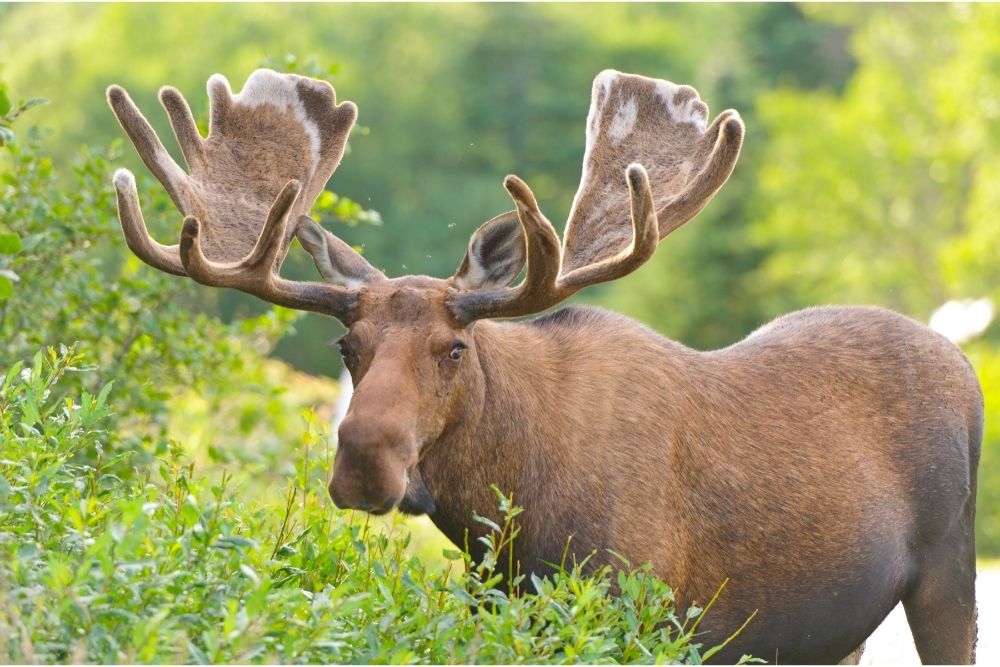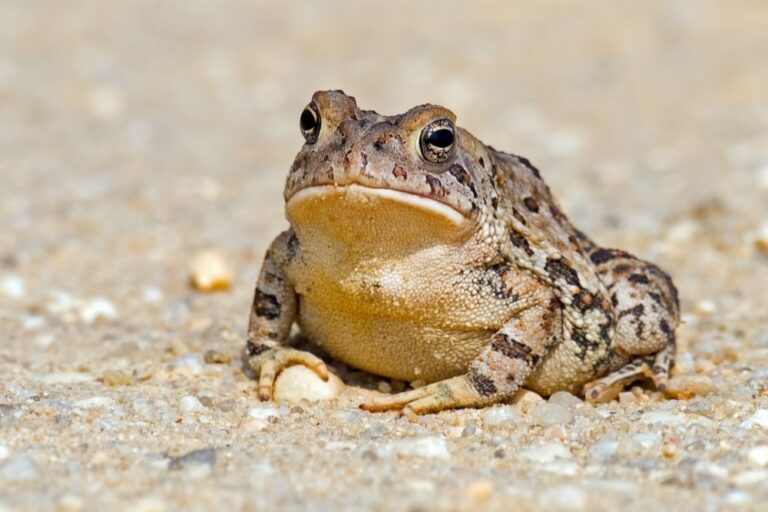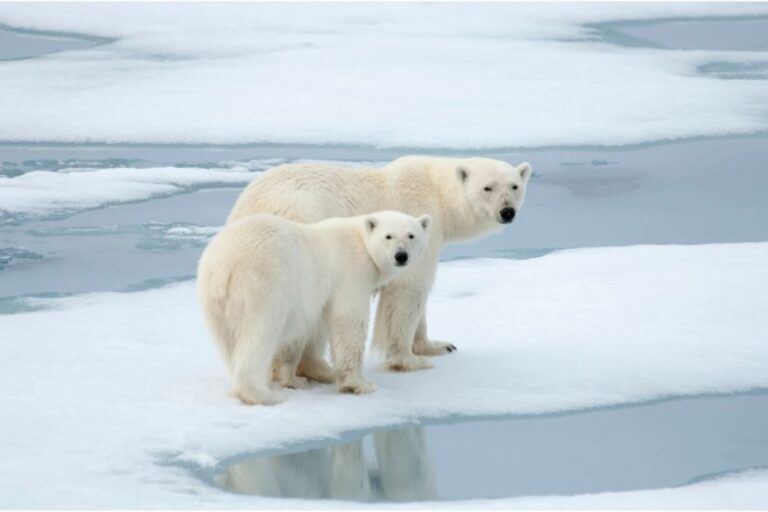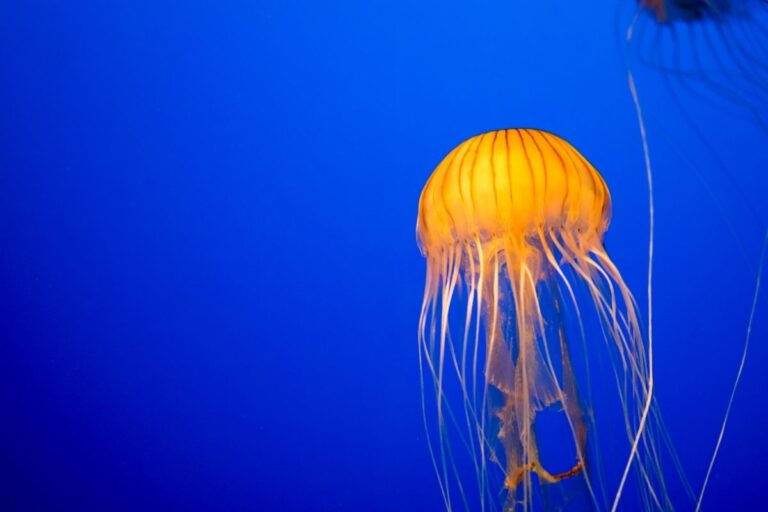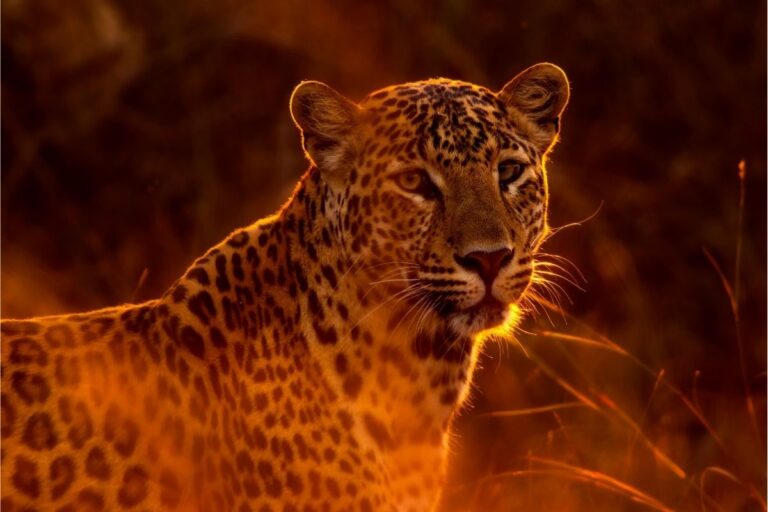Interesting Animal Facts About Moose
Last Updated on December 27, 2021 by
Our planet is filled with an array of beautiful creatures both big and small, from your tiny insects to your large animals. And there is still so much to discover! Did you know our natural world contains around 8.7 million different species alone?
And what is even more mind-blowing is how a large group of those species has not yet been identified by scientists.
Our planet is huge, huge with creatures hiding and waiting to be discovered and learned about. There are so many facts about different creatures alike, it can be hard to distinguish one fact from the other.
One of those marvelous creatures is the moose, the large majestic being which we all would love to know more about.
Moose are interesting animals. They are those giant furry creatures, notable for those large signature antlers of theirs. Moose are truly magnificent animals, the largest members of their deer family. But we cannot just place moose into one category. There are many breeds of moose out there: Alaskan, Eastern, Northwestern, Eurasian, and Sheras. You will commonly find these gentle beasts in areas such as Canada and Alaska.
But how much do you truly know about these wild beasts? Continue reading to find out more weird and wonderful facts about moose. Find out what makes them interesting, what makes them weird and unusual, and learn some fun trivia about them.
Top 15 Facts About Moose
1. Moose are great swimmers
Moose are amazing swimmers, known to swim several miles at a time and be able to submerge themselves in the water for up to 30 seconds.
The water is a moose’s happy place, for it is a place for them to cool off and dive down to eat their favorite aquatic plants. They will have no problems with land predators around in the water too since it is much harder for anything to sneak up on them.
2. Moose are giants
The moose is a very large animal, the largest one in the deer family, and much larger than you would expect.
A fully grown adult moose can grow up to an incredible 7 feet tall and weigh as much as 1,400 pounds! This height is measured from their hooves up to their shoulders, not including their already huge antlers.
3. Only bull moose have antlers
It is only the male moose (bull) who carry those massive antlers. The antlers are an impressive work of art that extends from their skull. So, if you ever come across a wild moose, watch out for the antlers and you’ll figure out if you’re looking at a male or a female.
4. Moose are fast animals
Moose are known for their speed. They are able to run up to 35 mph and trot up to 20 mph. Through the use of their long legs and strong shoulders, even in deep snow, they are able to trek at a powerful pace.
5. Moose are very peaceful
Despite their large form, you’d be surprised by how peaceful these creatures are. Only when provoked does the moose become dangerous. They are very territorial and will react in a protective manner, however overall they are peaceful if not disturbed.
6. They shed their antlers yearly
Moose are known to shed their antlers yearly and this is a completely painless process. The bone of the antler is covered in soft skin called velvet and before mating season these bulls have a rush of testosterone which makes them shed. This leaves only bare bone.
7. Moose have a long lifespan
Moose have a long lifespan, living between 15-25 years. This may not seem too long but compared to deer who have a lifespan of between 7 and 16 years, this is a very long time.
8. Moose are solitary animals
You will not find moose in large packs like many other wild animals. They are very solitary and live independently, not in a family. One reason why moose would come together is to mate, which then leads to the male and female splitting off their separate ways once again.
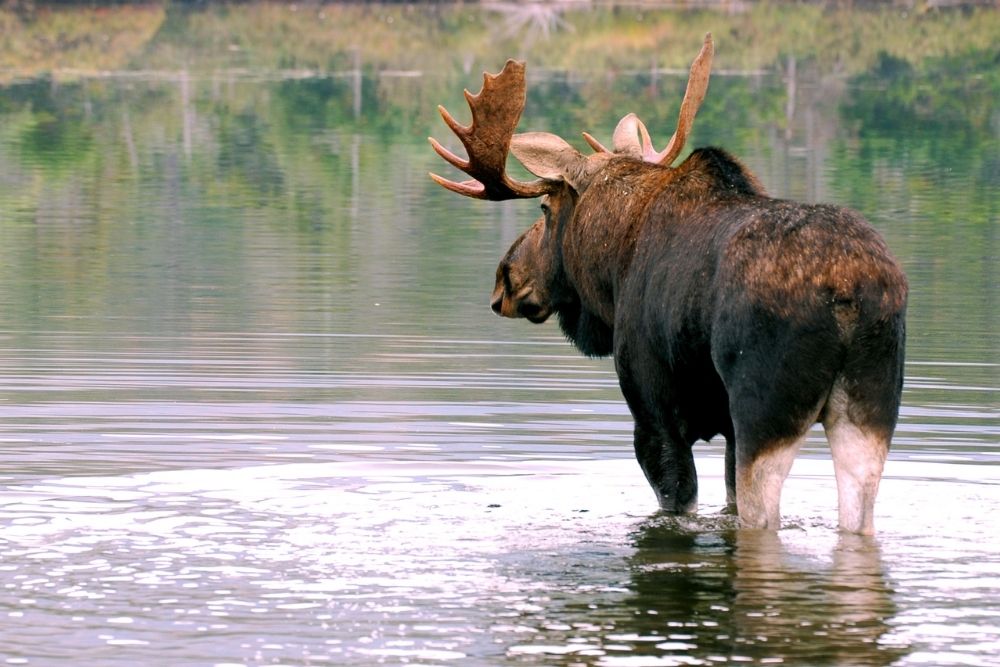
9. They are herbivores
Moose are herbivores meaning they spend their time eating leaves and shrubs from trees (they are too tall to eat the grass!)
10. Moose like the colder climate
You will most likely find moose in colder climates because this is what they’ve adapted to and what they prefer.
They need the colder weather to survive – 80 degrees Fahrenheit can sometimes be too warm for these animals! When moose are in warmer temperatures this can be risky for them, leading to a drop in weight and becoming vulnerable to disease.
11. Their antlers can grow
Moose have giant antlers that are an extension of their skull. They can weigh up to 40 pounds and have the ability to spread 6 feet apart from end to end.
12. Their antlers are used to fight
The main reason for moose to use their antlers is against other bull moose. This occurs in the fall of the breeding season to assert their dominance.
13. Moose have very bad eyesight
These giant animals have extremely bad eyesight and are practically blind. Because of this, however, they have very good hearing and a sense of smell, and they are very alert. This also means they can get frightened easily if they hear any predators lurking nearby.
14. Female moose usually give birth to twins
It is common that the female moose (cow) will give birth to twins (calf). They give birth between mid-May and early June and will give birth to no more than three offspring (although triplets are rare).
15. Male moose are polygamous
The bull moose is polygamous meaning when it is breeding season, they will look for multiple females to mate with. Because of this, however, it creates a lot of tension and competition between other bull moose.
Weird Facts About Moose
- Moose can store up to 100 pounds of food in their stomach.
- A moose’s front legs are longer than their back legs and this helps them to jump over objects.
- A bull moose’s antlers fall off every year – this happens in late fall or winter and is ready to grow back in the spring and summer.
- Moose have four-chambered stomachs – food is fermented in their first chamber and in the second and third chamber is nutrients extracted.
- Adult moose can withstand temperatures as low as -22 degrees Fahrenheit
- Bull moose have what is called a ‘dewlap’ located under their chin and its size and shape can act as an indication of its dominance.
- Although rare, one of the predators of a moose is the killer whale which can be known to target and strike moose when they’re in the water.
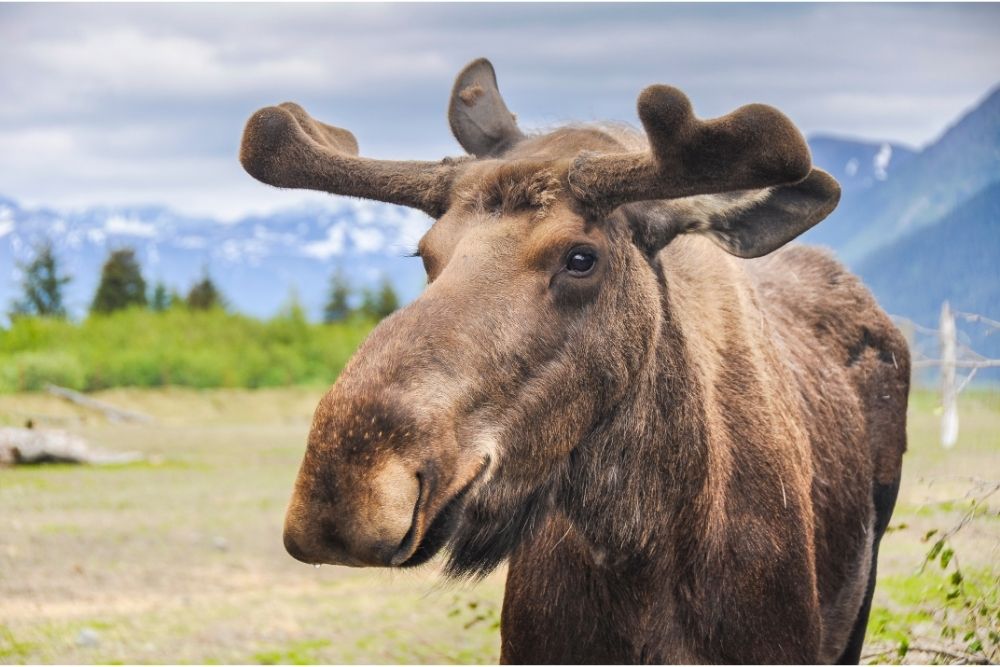
Fun Facts About Moose Sounds
- Moose make all sorts of weird and funny sounds.
- A bull makes a long moaning sound, loud and bellowed.
- Cows (female moose) make a quavering wailing sound, like a long moan.
- Moose will make a loud bellowing sound indicate danger.
- They are most vocal during mating season.
- Since their eyesight is poor, communicating is key for these moose.
- A moose’s call can differ in intensity depending on emotion, for example if in pain or if in danger.
Final Thoughts
So, what have we learned today? For sure, we have definitely learned about the wonders of the animal world and the incredible facts they bring.
Moose are fascinating creatures and are full of amazing qualities. They are gentle giants, roaming through the cold lands by themselves as independent animals.
They spend their time eating the leaves and twigs from tall trees and have the most fun splashing around in the cool waters of lakes and rivers.
But as gentle as these creatures are, you also have to be wary. They may not run away from us humans but if they feel threatened then be assured that they will strike. The antlers of a moose are incredibly strong and are the one tool they use to fight back from predators (Wolves, American Black Bear, Killer Whales, Grizzly Bear, Humans) if they choose to.
Their hooves are also strong features of the moose and have been described as ‘built-in snowshoes’. The hooves work to prevent their feet from sinking in harsh climates such as snow or wet mud.
There are many amazing and interesting facts about the moose – who would have known they were part of the deer family? Thankfully, we are lucky to know that moose will continue to thrive in years to come for they are of lesser concern of endangerment and have been reported to be increasing in population. With the numbers in the moose population rising, this is a great new beginning for their species.
The more years the moose lives on, the more amazing facts we will learn. As far back as the Stone Age, moose have been a priority, this is shown from drawings made by humans on cave walls, and for many more years will the moose continue to thrive.

